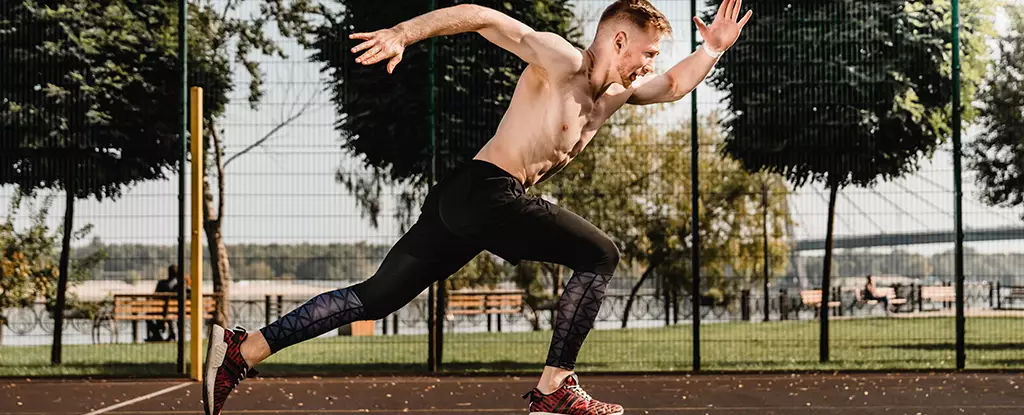The relationship between exercise and health is often depicted as straightforward—regular physical activity is lauded for its numerous benefits, from enhanced cardiovascular health to improved mental well-being. However, a growing body of research suggests that the narrative is more complex, particularly when considering high-intensity workouts. A recent study conducted in 2023 raises some significant concerns regarding the impact of excessive vigorous exercise on the immune system, revealing potentially detrimental effects that could challenge commonly held beliefs about fitness.
The research in question focused on over 4,700 molecules from the fluids of firefighters who underwent a grueling 45-minute workout carrying heavy gear over challenging terrain. The results indicated a striking pattern: immediately following intense physical exertion, signs of immune suppression began to emerge. This finding adds a new layer to the ongoing debate concerning whether extreme exercise might increase susceptibility to viruses and infections. As Pacific Northwest National Laboratory (PNNL) biomedical scientist Ernesto Nakayasu noted, those in peak physical condition might paradoxically face a greater risk of viral respiratory infections post-exercise due to diminished inflammatory responses.
The immune system is complex and relies on a delicate balance of inflammatory and anti-inflammatory processes to function correctly. The PNNL study revealed significant changes in the participants’ biochemical profiles, including a notable decline in inflammation-related molecules. This reduction was accompanied by an increase in opiorphin, a compound that dilates blood vessels and could enhance oxygen and nutrient delivery to muscles during exercise. However, while these changes may assist in physical performance, they could simultaneously compromise the body’s ability to fend off infections at a crucial time.
Researchers postulated that this phenomenon might be an adaptive response, allowing the body to maximize oxygen exchange during high-intensity bursts of effort. However, the immediate implications of such adaptations on the immune system’s functioning remain uncertain. Moreover, the increase in antimicrobial peptides in the firefighters’ oral microbiome raised questions about their effectiveness in counteracting post-exercise immune suppression, exposing the complexity and limitations of the body’s defensive mechanisms.
This study’s findings are particularly relevant for individuals engaged in physically demanding professions—such as first responders, military personnel, and athletes. If the immune susceptibility following bouts of intense exercise is confirmed, it may necessitate adjustments in training regimens, recovery protocols, and overall health strategies. There is a pressing need for athletes and trainers alike to re-evaluate common practices that endorse relentless training without adequate recovery.
Despite the small sample size and the focused demographic of healthy and active men, the implications of this research suggest a need for broader investigations encompassing diverse populations. Firefighters, for instance, face unique environmental stressors that could further complicate their immune responses, indicating that findings in one group may not be universally applicable.
While moderate exercise is widely recognized for its long-term benefits on immunity and health, intense and prolonged workouts may reveal a more complicated picture. The PNNL study landscape illustrates a critical need for ongoing research into the impact of high-intensity activities on immune function.
As society embraces more fitness challenges and extreme workout regimens, a balanced approach becomes essential. Acknowledging the interplay between rigorous exercise and its potential impact on health, especially the immune system, will empower individuals to optimize their training while safeguarding their overall wellness. The bottom line is clear: while the pursuit of fitness is admirable, health should remain a primary priority.


Leave a Reply